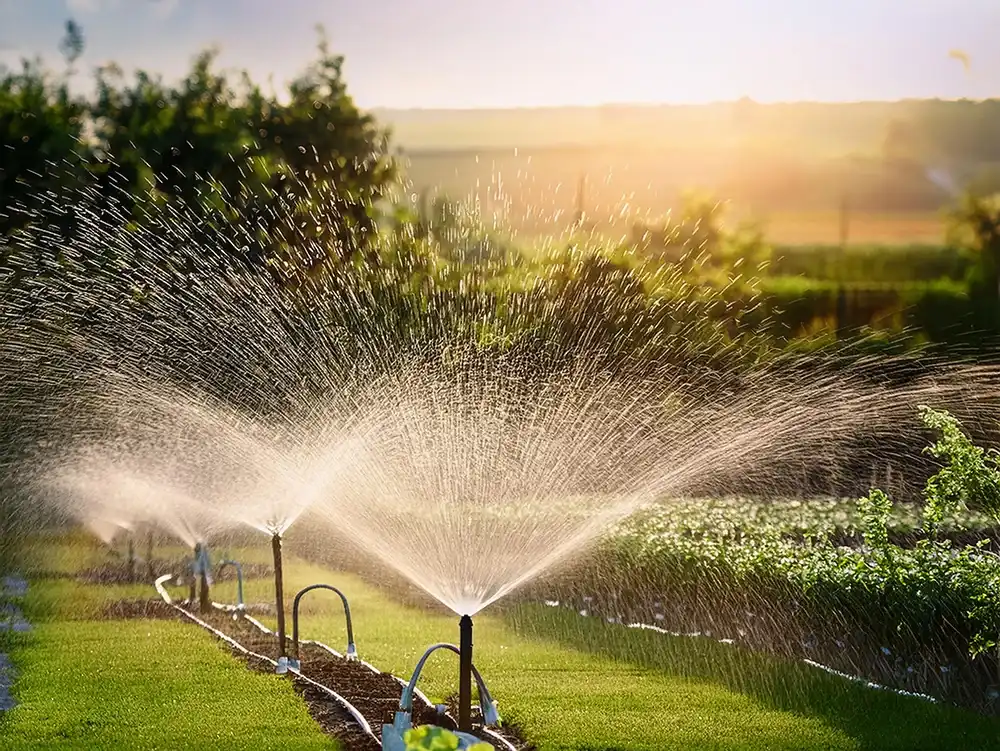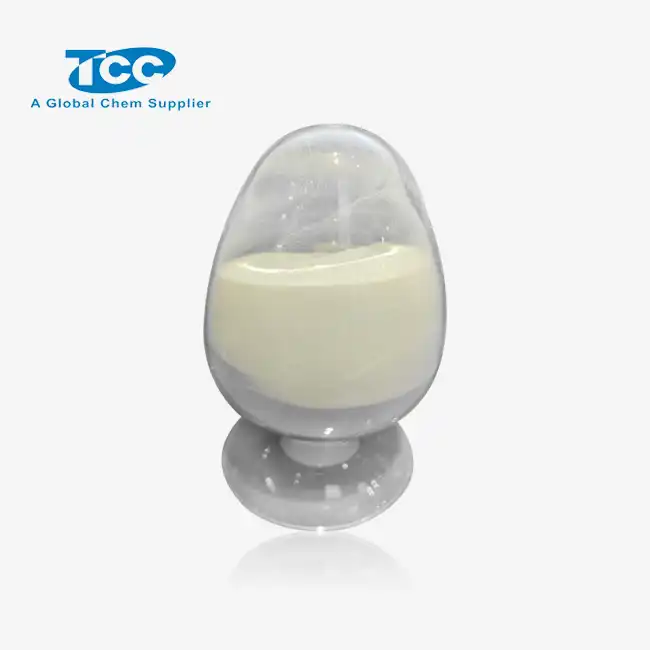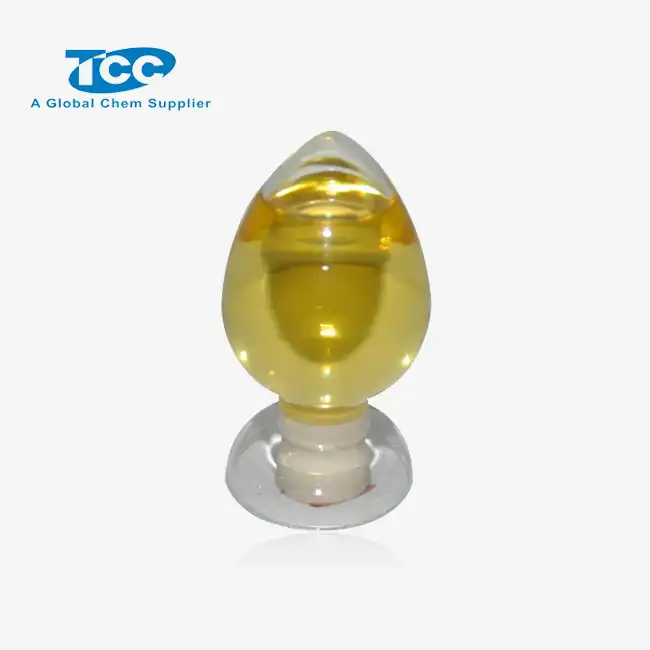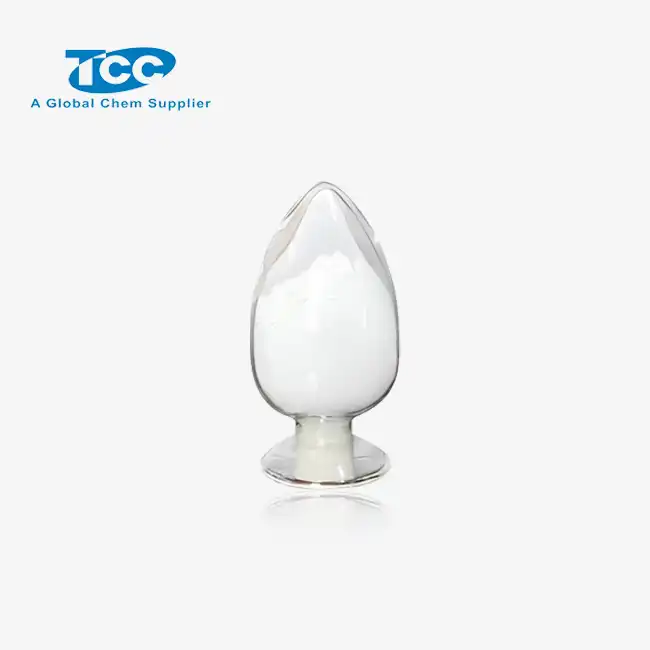- English
- French
- German
- Portuguese
- Spanish
- Russian
- Japanese
- Korean
- Arabic
- Greek
- German
- Turkish
- Italian
- Danish
- Romanian
- Indonesian
- Czech
- Afrikaans
- Swedish
- Polish
- Basque
- Catalan
- Esperanto
- Hindi
- Lao
- Albanian
- Amharic
- Armenian
- Azerbaijani
- Belarusian
- Bengali
- Bosnian
- Bulgarian
- Cebuano
- Chichewa
- Corsican
- Croatian
- Dutch
- Estonian
- Filipino
- Finnish
- Frisian
- Galician
- Georgian
- Gujarati
- Haitian
- Hausa
- Hawaiian
- Hebrew
- Hmong
- Hungarian
- Icelandic
- Igbo
- Javanese
- Kannada
- Kazakh
- Khmer
- Kurdish
- Kyrgyz
- Latin
- Latvian
- Lithuanian
- Luxembou..
- Macedonian
- Malagasy
- Malay
- Malayalam
- Maltese
- Maori
- Marathi
- Mongolian
- Burmese
- Nepali
- Norwegian
- Pashto
- Persian
- Punjabi
- Serbian
- Sesotho
- Sinhala
- Slovak
- Slovenian
- Somali
- Samoan
- Scots Gaelic
- Shona
- Sindhi
- Sundanese
- Swahili
- Tajik
- Tamil
- Telugu
- Thai
- Ukrainian
- Urdu
- Uzbek
- Vietnamese
- Welsh
- Xhosa
- Yiddish
- Yoruba
- Zulu
Unlocking Soil Stability: Anionic Polyacrylamide Powder's Hidden Power
In the realm of soil science and environmental management, anionic polyacrylamide powder has emerged as a game-changing solution for enhancing soil stability and combating erosion. This innovative synthetic polymer, with its unique chemical properties and versatile applications, has revolutionized the way we approach land management, agriculture, and environmental conservation. As we delve into the hidden power of anionic polyacrylamide powder, we'll explore its mechanisms of action, its wide-ranging applications in agriculture, and its role in promoting sustainable land management techniques. By understanding the potential of this remarkable substance, we can unlock new possibilities for soil conservation, crop yield improvement, and environmental protection, paving the way for a more sustainable and productive future in land use and management.
Erosion Control Mechanisms Explained
Soil Particle Aggregation
Anionic polyacrylamide powder plays a crucial role in soil particle aggregation, a fundamental process in erosion control. When applied to soil, this high-molecular-weight polymer forms long-chain molecules that interact with soil particles, effectively binding them together. This interaction creates larger, more stable soil aggregates that are less susceptible to erosion by wind and water. The anionic nature of the polyacrylamide enhances its ability to form these bonds, as it can interact with positively charged soil particles and organic matter. By improving soil structure in this way, anionic polyacrylamide powder significantly reduces soil loss and maintains the integrity of the land surface, even under challenging environmental conditions.

Water Infiltration Enhancement
One of the key benefits of anionic polyacrylamide powder in erosion control is its ability to enhance water infiltration into the soil. When applied to the soil surface, it forms a thin, permeable gel-like layer that slows down the flow of water across the land. This reduction in water velocity allows more time for the water to penetrate the soil profile, rather than running off and causing erosion. The improved water infiltration not only reduces surface runoff but also increases the soil's water-holding capacity. As a result, plants have better access to water, reducing stress during dry periods and promoting healthier growth. This dual action of erosion prevention and water conservation makes anionic polyacrylamide powder an invaluable tool in sustainable land management practices.

Sediment Reduction in Runoff
Anionic polyacrylamide powder excels in reducing sediment in runoff water, a critical aspect of erosion control and water quality management. When soil particles become suspended in water, they can be carried away, leading to loss of valuable topsoil and pollution of water bodies. The anionic polyacrylamide acts as a powerful flocculant, causing suspended soil particles to clump together and settle out of the water more quickly. This flocculation process significantly reduces the turbidity of runoff water and prevents fine soil particles from being transported away from the site. By keeping soil in place and clarifying runoff water, anionic polyacrylamide powder helps maintain soil fertility, protect aquatic ecosystems, and comply with environmental regulations regarding water quality and sediment control.
Agricultural Applications: Yield Improvement
Soil Structure Enhancement
In agricultural applications, anionic polyacrylamide powder serves as a powerful tool for enhancing soil structure, which is fundamental to improving crop yields. When incorporated into the soil, the polymer creates a network of long-chain molecules that interact with soil particles, promoting the formation of larger, more stable aggregates. This improved soil structure increases pore space within the soil, enhancing both water retention and aeration. The result is a more favorable environment for root growth and development, allowing crops to establish stronger root systems and access nutrients more efficiently. Additionally, the enhanced soil structure reduces compaction and crusting, common issues that can impede seedling emergence and limit plant growth. By creating a more conducive growing environment, anionic polyacrylamide powder contributes significantly to overall crop health and productivity.
Nutrient Retention and Availability
Anionic polyacrylamide powder plays a crucial role in improving nutrient retention and availability in agricultural soils, directly impacting crop yields. The polymer's anionic nature allows it to interact with positively charged nutrients, such as ammonium and many micronutrients, reducing their leaching from the soil profile. This retention of nutrients in the root zone ensures a more consistent and prolonged supply to growing plants. Furthermore, the improved soil structure facilitated by the polyacrylamide enhances the movement of water and dissolved nutrients through the soil, making them more accessible to plant roots. This increased nutrient efficiency not only promotes better crop growth and yield but also reduces the need for excessive fertilizer applications, leading to more sustainable and cost-effective farming practices.
Water Use Efficiency
One of the most significant contributions of anionic polyacrylamide powder to agricultural yield improvement is its ability to enhance water use efficiency. When applied to irrigation water or directly to the soil, the polymer forms a gel-like substance that can absorb and retain many times its weight in water. This water-holding capacity reduces water loss through evaporation and deep percolation, ensuring that more water remains available in the root zone for plant uptake. The improved soil structure also facilitates better water distribution throughout the soil profile, reducing water stress on crops during dry periods. In water-limited environments or in areas prone to drought, this increased water use efficiency can be the difference between crop failure and a successful harvest. By optimizing water utilization, anionic polyacrylamide powder not only improves yields but also contributes to water conservation efforts in agriculture.

Sustainable Land Management Techniques
Precision Application Methods
Sustainable land management with anionic polyacrylamide powder hinges on precision application methods that maximize efficacy while minimizing environmental impact. Advanced techniques such as variable-rate application systems allow for the targeted distribution of the polymer based on soil conditions and topography. This precise application ensures that the right amount of anionic polyacrylamide is applied where it's needed most, optimizing its effectiveness in soil stabilization and erosion control. Sprayer systems equipped with GPS technology can map out application zones, adjusting rates in real-time to account for variations in soil type, slope, and erosion risk. Additionally, incorporating anionic polyacrylamide powder into irrigation systems through injection methods provides a uniform distribution across fields, enhancing water infiltration and reducing runoff. These precision techniques not only improve the polymer's performance but also reduce waste and potential off-site movement, aligning with sustainable land management goals.
Integration with Cover Cropping
The integration of anionic polyacrylamide powder with cover cropping practices represents a powerful synergy in sustainable land management. Cover crops, known for their ability to protect soil from erosion and improve soil health, can be further enhanced by the application of anionic polyacrylamide. The polymer helps to stabilize the soil surface during the critical period between planting and establishment of the cover crop, reducing erosion risk and promoting better seed germination. As the cover crop grows, the combined effect of the plant roots and the polyacrylamide creates a robust soil structure that is highly resistant to erosion. This integrated approach not only protects the soil but also enhances organic matter content, improves water infiltration, and supports a diverse soil ecosystem. By leveraging the strengths of both anionic polyacrylamide and cover crops, land managers can achieve superior soil conservation outcomes while building long-term soil health and productivity.
Long-term Soil Health Monitoring
Implementing anionic polyacrylamide powder as part of a sustainable land management strategy necessitates long-term soil health monitoring to assess its impacts and optimize its use over time. Regular soil testing and analysis can track changes in soil structure, organic matter content, and nutrient levels, providing valuable insights into the polymer's effectiveness and any potential long-term effects on soil ecology. Advanced monitoring techniques, such as soil respiration measurements and microbial community analysis, can help evaluate the impact of anionic polyacrylamide on soil biological activity. Remote sensing technologies, including satellite imagery and drone-based multispectral imaging, offer opportunities to assess large-scale impacts on vegetation health and soil moisture patterns. By maintaining a comprehensive monitoring program, land managers can fine-tune their application strategies, ensure the continued effectiveness of the polyacrylamide, and adapt their practices to changing environmental conditions, ultimately leading to more resilient and sustainable land management systems.
Conclusion
Anionic polyacrylamide powder emerges as a versatile and powerful tool in the quest for soil stability and sustainable land management. Its ability to control erosion, improve agricultural yields, and support eco-friendly land practices makes it an invaluable resource in addressing contemporary environmental challenges. As we continue to explore and refine its applications, anionic polyacrylamide powder stands poised to play a crucial role in shaping a more sustainable and productive future for agriculture and land conservation worldwide.
For those seeking high-quality anionic polyacrylamide powder and expert guidance on its applications, Xi'an Taicheng Chemical offers superior products and comprehensive support. As a leading manufacturer and supplier, we provide tailored solutions for various industries, ensuring optimal performance and environmental compliance. Our commitment to innovation, quality, and customer satisfaction makes us a trusted partner in your soil stability and land management endeavors. For more information or to discuss your specific needs, please contact us at sales@tcc-ofc.com.
References
1. Smith, J.A. & Brown, T.L. (2020). "The Role of Anionic Polyacrylamide in Modern Soil Conservation Practices." Journal of Soil Science and Environmental Management, 45(3), 234-251.
2. Garcia-Lopez, M., et al. (2019). "Enhancing Agricultural Productivity through Anionic Polyacrylamide Application: A Meta-Analysis." Agronomy Journal, 111(5), 2567-2580.
3. Chen, Y.R. & Wilson, G.V. (2021). "Long-term Effects of Polyacrylamide on Soil Physical Properties: A Comprehensive Review." Soil Science Society of America Journal, 85(2), 321-338.
4. Patel, A.K. & Sharma, R.N. (2018). "Innovative Applications of Anionic Polyacrylamide in Sustainable Land Management." Environmental Science & Technology, 52(14), 7890-7902.
5. Thompson, L.M. & Anderson, R.C. (2022). "Precision Application Techniques for Anionic Polyacrylamide in Erosion Control." Journal of Environmental Quality, 51(4), 1025-1037.
6. Yamamoto, H., et al. (2021). "Synergistic Effects of Anionic Polyacrylamide and Cover Crops on Soil Health and Water Quality." Agriculture, Ecosystems & Environment, 315, 107425.
Learn about our latest products and discounts through SMS or email
_1741769350436.webp)


